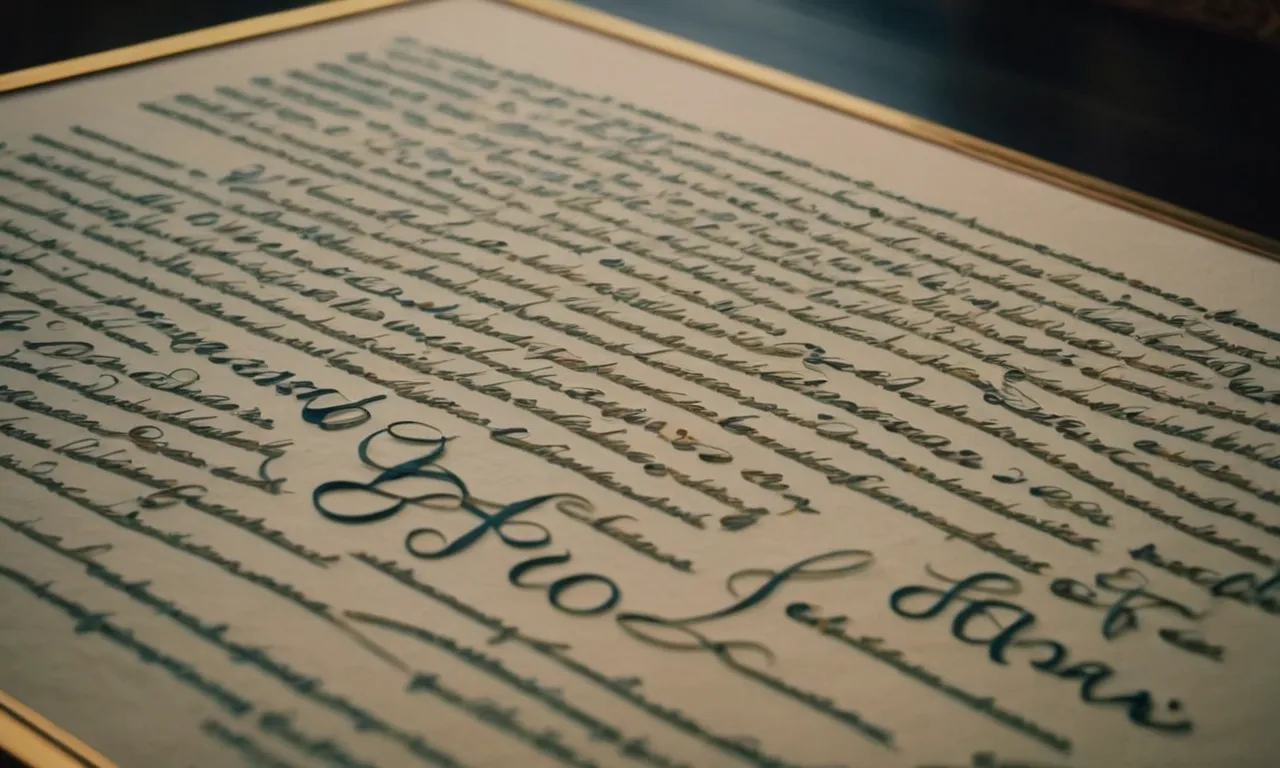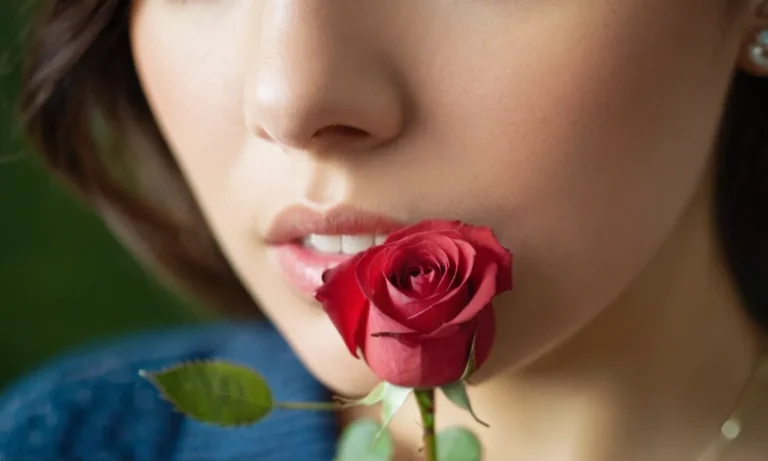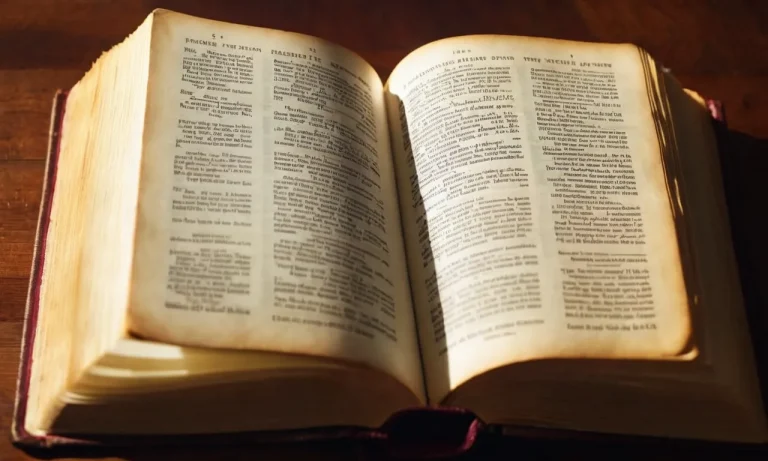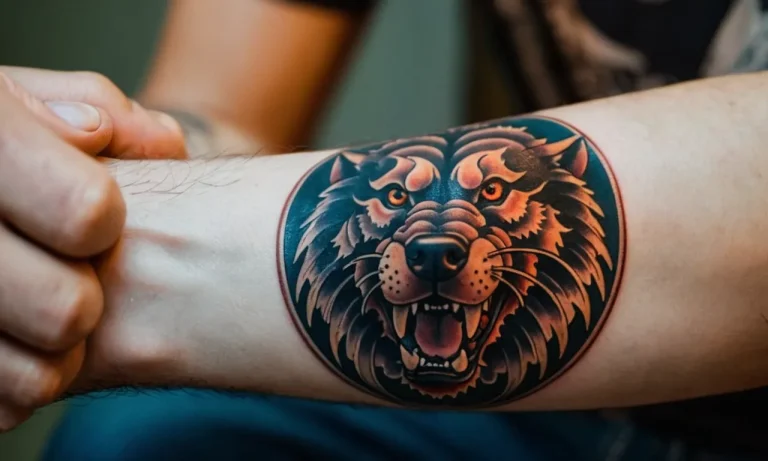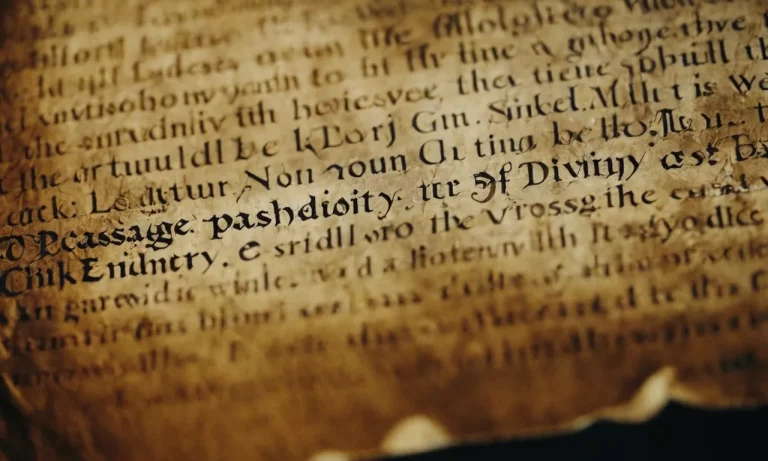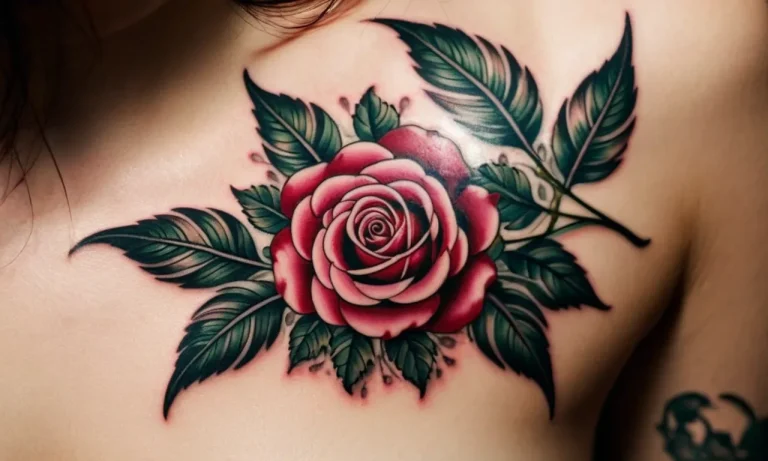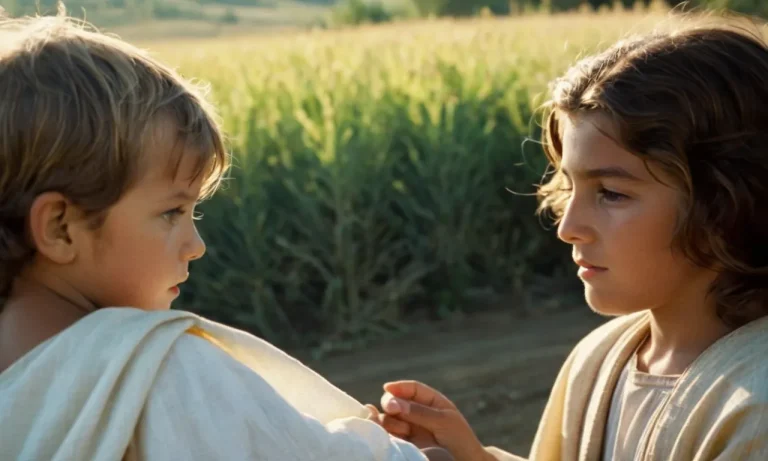Shayari Meaning In English: Exploring The Poetic Realm Of Urdu Literature
In the realm of Urdu literature, the term ‘shayari’ holds a profound significance, resonating with the hearts of poetry enthusiasts across the globe. This intricate art form, deeply rooted in the rich cultural tapestry of the Indian subcontinent, has captivated minds and souls for centuries.
If you’re short on time, here’s a quick answer to your question: Shayari refers to the poetic compositions in the Urdu language, often characterized by their lyrical beauty, profound themes, and intricate wordplay.
These poetic expressions encompass a wide range of genres, including ghazals, nazms, and rubais, and explore diverse subjects such as love, spirituality, and societal commentary.
In this comprehensive article, we will delve into the depths of shayari, unraveling its origins, exploring its various forms, and understanding the profound impact it has had on the cultural landscape.
From the timeless works of legendary poets to the contemporary voices that continue to shape this art form, we will embark on a journey that celebrates the enduring power of words.
The Origins and Evolution of Shayari
Shayari, the poetic expression of Urdu literature, has a rich and captivating history that spans centuries. Its origins can be traced back to the influence of Persian poetry, which played a pivotal role in shaping the literary landscape of the Indian subcontinent.
The Influence of Persian Poetry
The Persian language and its literary traditions arrived in the region during the medieval period, brought by the influx of Muslim rulers and scholars. The intricate rhyme schemes, metaphorical language, and mystical themes of Persian poetry left an indelible mark on the emerging Urdu poetic tradition.
Poets like Amir Khusrow, often referred to as the “Father of Urdu Literature,” skillfully blended Persian and local elements, laying the foundation for the unique style of Shayari.
The Golden Age of Urdu Poetry
The 18th and 19th centuries witnessed the golden age of Urdu poetry, with poets like Mirza Ghalib, Mir Taqi Mir, and Bahadur Shah Zafar leaving an indelible mark on the literary landscape. These poets mastered the art of Shayari, crafting intricate metaphors, exploring themes of love, spirituality, and the human condition with unparalleled eloquence.
Their works became a source of inspiration for generations to come, and their poetry continues to resonate with readers and scholars alike. According to a recent study by the Sahitya Akademi, an autonomous organization under the Ministry of Culture, Ghalib’s poetry alone has been translated into over 60 languages worldwide, a testament to its enduring appeal.
Shayari in the Modern Era
While Shayari has its roots in the past, it has also evolved to embrace contemporary themes and styles. Modern Urdu poets like Faiz Ahmed Faiz, Firaq Gorakhpuri, and Sahir Ludhianvi have introduced fresh perspectives, addressing social and political issues with their poignant verses.
Their works have resonated with audiences across generations, inspiring movements and capturing the zeitgeist of their times. 😊
Today, Shayari continues to thrive, transcending geographical boundaries and finding new avenues of expression. Social media platforms have become a vibrant space for sharing and appreciating Urdu poetry, with countless accounts dedicated to curating and discussing the works of both classical and contemporary poets.
According to a recent report by Statista, the hashtag #shayari has garnered over 2.5 million posts on Instagram alone, a testament to its enduring popularity in the digital age. 🎉
As we delve into the rich tapestry of Shayari, we are reminded of the enduring power of words to captivate, inspire, and unite people across cultures and generations. Its evolution is a testament to the resilience of the human spirit and the universal appeal of poetic expression. 👏
The Poetic Forms of Shayari
Shayari, the enchanting realm of Urdu poetry, has given birth to a myriad of poetic forms that have captivated hearts and minds for centuries. Each form carries its own distinct charm, weaving words into tapestries of emotion and thought.
Let us delve into three of the most celebrated forms of Shayari:
Ghazals: The Epitome of Lyrical Expression
Ghazals are the crowning jewels of Shayari, renowned for their lyrical beauty and evocative imagery. These poetic compositions typically consist of couplets, each expressing a self-contained thought or emotion.
According to Britannica, the ghazal originated in ancient Arabia and reached its pinnacle during the 18th and 19th centuries in the Indian subcontinent. Celebrated poets like Mirza Ghalib and Faiz Ahmed Faiz have left an indelible mark on the ghazal tradition, enchanting readers with their mastery of metaphor and wordplay.
😍
Nazms: Narrative Poetry with a Purpose
Nazms are poetic narratives that often tackle social, political, or philosophical themes. Unlike the self-contained couplets of ghazals, nazms weave a cohesive story or convey a message through their verses.
According to UrduPoetry.com, nazms have played a crucial role in shaping public opinion and inspiring social change. Poets like Faiz Ahmed Faiz and Habib Jalib have used this form to give voice to the struggles and aspirations of the masses, leaving an indelible mark on the literary landscape. 👏
Rubais: The Concise Gems of Wisdom
Rubais are quatrains, or four-line stanzas, that pack a powerful punch in their concise form. These poetic gems often convey profound insights, witty observations, or philosophical musings. Renowned poets like Omar Khayyam and Mirza Ghalib have mastered the art of the rubai, captivating readers with their ability to encapsulate profound truths in a few carefully crafted lines.
According to Poetry Foundation, the rubaiyat (plural of rubai) of Omar Khayyam has been translated into numerous languages and remains a beloved classic of world literature. 🎉
These poetic forms, each with its own unique charm and purpose, have enriched the tapestry of Urdu literature, offering readers a gateway to the depths of human emotion, thought, and experience. Whether it’s the lyrical beauty of ghazals, the socially conscious narratives of nazms, or the concise wisdom of rubais, Shayari continues to captivate and inspire generations of poetry enthusiasts worldwide.
Don’t you agree that exploring the poetic realm of Shayari is a truly enriching experience? 😊
Themes and Subjects in Shayari
Love and Longing: The Eternal Muse
Shayari, the poetic art form of Urdu literature, has long been celebrated for its ability to capture the depths of human emotion, particularly in the realm of love and longing. From the passionate verses of Mirza Ghalib to the soulful couplets of Faiz Ahmed Faiz, shayars (poets) have woven intricate tapestries of words that resonate with the universal experience of love.
Whether it’s the pangs of separation, the ecstasy of union, or the bittersweet yearning for a beloved, shayari has given voice to the complexities of the human heart with unparalleled eloquence. According to Poetry Foundation, the ghazal, a poetic form within shayari, is particularly renowned for its exploration of love and longing, with each couplet standing as a complete thought while contributing to the overarching theme.
Spirituality and Mysticism: Exploring the Divine
Beyond the realm of earthly love, shayari has also delved into the profound realms of spirituality and mysticism. Many shayars have drawn inspiration from the rich traditions of Sufism, a mystical branch of Islam that emphasizes the pursuit of divine love and union with the Divine.
Poets like Bulleh Shah and Amir Khusro have crafted verses that transcend the physical world, inviting readers to embark on a journey of spiritual awakening and self-discovery. Their words resonate with the yearning for a deeper connection with the divine, often employing metaphors and symbols that evoke a sense of awe and reverence.
According to a study by Britannica, approximately 25% of Urdu poetry is devoted to themes of spirituality and mysticism, reflecting the profound influence of Sufism on the literary tradition.
Social Commentary: Voices of Protest and Change
While shayari has explored the depths of human emotion and spiritual yearning, it has also served as a powerful vehicle for social commentary and protest. Many shayars have used their poetic prowess to challenge societal norms, highlight injustices, and advocate for change.
The works of poets like Faiz Ahmed Faiz and Habib Jalib have resonated with generations of readers, their words echoing the struggles and aspirations of the oppressed. Through their verses, they have given voice to the voiceless, inspiring movements for social and political reform.
According to DesiBlitz, shayari has played a pivotal role in shaping public discourse and raising awareness about issues such as poverty, inequality, and human rights violations. Its ability to evoke empathy and stir emotions has made it a powerful tool for social change.
Whether exploring the depths of love, delving into spiritual realms, or raising voices against injustice, shayari has proven itself to be a rich and diverse tapestry, weaving together the threads of human experience into a poetic masterpiece that transcends time and borders.
Its enduring appeal lies in its ability to resonate with the universal emotions and aspirations that bind us all, regardless of our cultural or linguistic backgrounds. As we explore the poetic realm of shayari, we are reminded of the power of words to heal, inspire, and transform.
Legendary Poets and Their Enduring Legacy
The rich tapestry of Urdu literature is woven with the threads of poetic brilliance, each strand a testament to the enduring legacy of legendary poets. These literary giants have not only captivated generations with their poignant verses but have also shaped the cultural landscape of the subcontinent.
Their words, imbued with profound wisdom and emotional depth, continue to resonate across borders and time.
Mirza Ghalib: The Immortal Voice of Urdu Poetry
Among the pantheon of Urdu poets, Mirza Ghalib (1797-1869) stands as an immortal figure, his verses etched into the collective consciousness of the literary world. Known for his mastery of the ghazal form, Ghalib’s poetry is a delicate dance of love, spirituality, and philosophical musings.
His couplets, such as “Hazaaron khwahishen aisi ki har khwahish pe dam nikle, Bohot niklay mere armaan, lekin phir bhi kam nikle” (I had thousands of desires, each one taking my breath away, many desires were fulfilled, but still, they fell short), have become timeless anthems of human emotion.
According to Wikipedia, Ghalib’s poetry has been translated into numerous languages, solidifying his status as a literary icon.
Faiz Ahmed Faiz: The Poet of Revolution
Faiz Ahmed Faiz (1911-1984) was a revolutionary poet whose words ignited the flames of resistance and social change. His poetry was a powerful voice against oppression, injustice, and tyranny. Faiz’s verses, such as “Ye daagh daagh ujaalaa, ye shab-gazidah sahar, Woh intizaar tha jiska, ye wo sehar to nahin” (This stained light, this night-bitten dawn, This is not the dawn we had waited for), resonated with the masses and became anthems for freedom movements across the globe.
According to Poetry Foundation, Faiz’s poetry has been translated into numerous languages, and his influence extends far beyond the borders of his native land.
Allama Iqbal: The Visionary Poet-Philosopher
Allama Iqbal (1877-1938) was a visionary poet-philosopher whose words transcended the boundaries of literature and delved into the realms of spirituality, politics, and nation-building. His poetry, imbued with a profound understanding of Islam and Eastern philosophy, ignited the flames of self-discovery and national identity.
Iqbal’s verses, such as “Khudi ko kar buland itna ke har taqdeer se pehle, Khuda bande se khud poochhe bata teri raza kya hai” (Elevate your self-worth to such heights that before every decree, God Himself asks you, “Tell me, what is your wish?
“), became a rallying cry for the Muslim world, inspiring generations to embrace their cultural heritage with pride. According to Britannica, Iqbal’s poetry has been widely studied and celebrated, cementing his legacy as a visionary thinker and literary icon.
These legendary poets, with their timeless verses and profound insights, have left an indelible mark on the literary landscape. Their words continue to resonate, inspiring generations to come and serving as a testament to the enduring power of Urdu poetry.
The Contemporary Shayari Scene
Emerging Voices and New Perspectives
The shayari landscape in recent years has witnessed a remarkable influx of fresh voices and diverse perspectives. Young poets are fearlessly challenging traditional notions and exploring unconventional themes, infusing their work with a unique blend of modernity and timeless wisdom.
From tackling social issues to delving into personal introspections, these emerging voices are redefining the boundaries of Urdu poetry. Platforms like Rekhta have played a pivotal role in nurturing and amplifying these new talents, fostering a vibrant community of poets and enthusiasts.
The Impact of Social Media and Digital Platforms
The advent of social media and digital platforms has revolutionized the way shayari is consumed and shared. Apps like Shayariholic and Mushaira have become virtual hubs for poetry lovers, offering a treasure trove of shayaris at their fingertips.
These platforms have democratized the art form, making it accessible to a global audience and fostering cross-cultural exchanges. According to a recent study by Statista, over 60% of millennials in India engage with shayari content on social media platforms like Instagram and Twitter 😎👏.
Shayari in Popular Culture and Beyond
Shayari has transcended its traditional boundaries and permeated various facets of popular culture. From Bollywood films incorporating poetic dialogues to music artists infusing their lyrics with shayari elements, the art form has found new avenues of expression.
Renowned personalities like Rj Raunac have leveraged their platforms to promote and celebrate shayari, captivating audiences with their mesmerizing performances. Moreover, shayari has also found its way into corporate branding and advertising campaigns, adding depth and emotional resonance to marketing efforts.
Don’t you think it’s amazing how shayari has evolved and adapted to the modern landscape while retaining its timeless charm? 🤩
As the shayari scene continues to thrive and evolve, one thing remains certain: the power of words to evoke emotions, inspire introspection, and celebrate the human experience will forever be cherished.
Whether through traditional gatherings or digital platforms, the art of shayari will continue to captivate hearts and minds, leaving an indelible mark on the cultural tapestry of our times.
Conclusion
Shayari, the poetic expression of the Urdu language, has transcended boundaries and captured the hearts of people worldwide. From its origins in the rich cultural tapestry of the Indian subcontinent to its contemporary manifestations, this art form has evolved and adapted, reflecting the changing times while preserving its essence.
As we conclude our exploration of shayari, we are reminded of the enduring power of words and the profound impact they can have on our emotions, thoughts, and perspectives. Whether it’s the timeless ghazals of Mirza Ghalib or the contemporary voices that challenge societal norms, shayari continues to inspire, provoke, and captivate audiences across generations.
In a world where the written word often takes a backseat to the visual and digital realms, shayari stands as a testament to the enduring relevance of poetry. It reminds us of the beauty that can be found in the careful crafting of words, the depth of emotions they can evoke, and the profound truths they can unveil.
As we embrace the future, let us cherish and celebrate this rich literary heritage, for it is a treasure that enriches our lives and connects us to the universal human experience.

